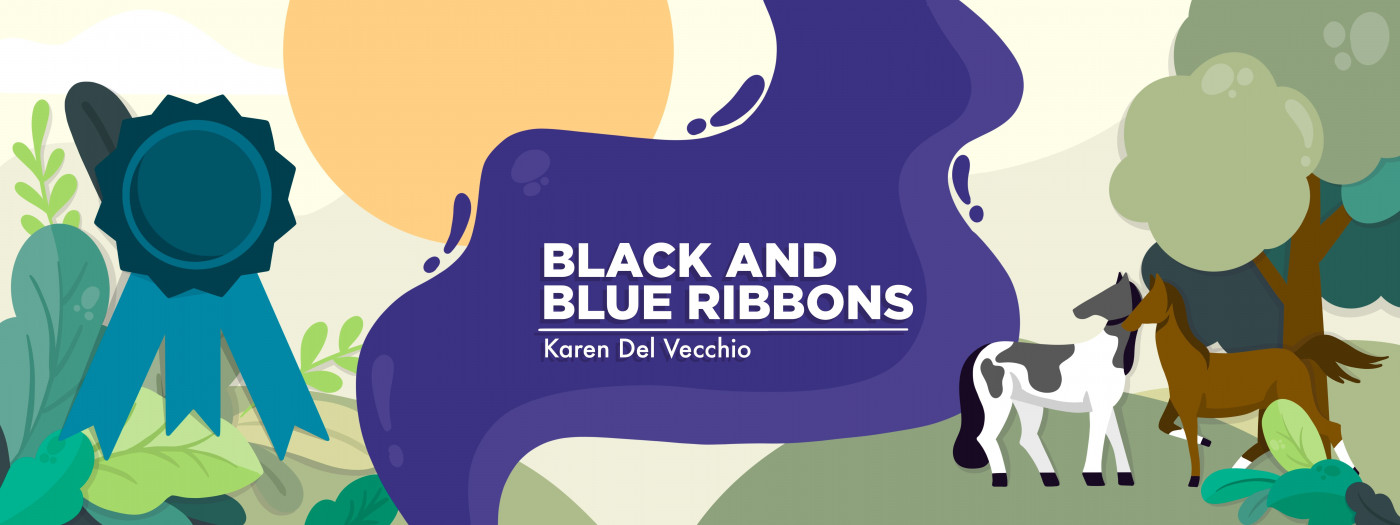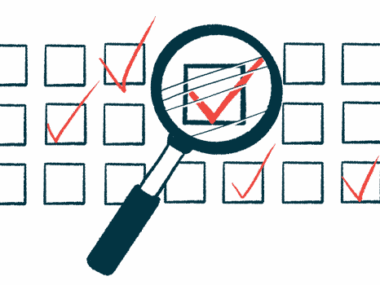As someone with EDS and chronic pain, do I ever feel ‘normal’?
We can't compare symptoms, but I still wonder about others' experiences
Written by |

Over the past few weeks, I’ve been doing some necessary maintenance on the farm where I live: working outside on plant beds, fixing fences, replacing a broken light fixture, and more. These types of activities tend to make most people sore, regardless of whether or not they have Ehlers-Danlos syndrome (EDS), as I do. Yet it’s led me to wonder how similar my experience is to those of others.
Everyone is different; even those of us with EDS and chronic pain have widely varied symptoms and experiences. But how would the average healthy person feel after this type of work? Would they be more or less sore than I am? Would their aches resolve more quickly? Before starting a task, do they consider how it’ll make them feel, then carefully decide whether it’s worth doing?
There’s no way for me to know these answers for sure, but I’ve been thinking about them. How do any of us know if one person’s experience truly aligns with ours? And is that more true for those of us with a chronic illness? I’m about to delve into some quasi-philosophical thoughts, but bear with me!
To understand pain, we must recognize our differences
When I do traditional yardwork or house chores, I usually know what level of pain and discomfort to expect. For example, vacuuming is rarely a problem for me, despite my bad shoulder, but stirring stiff cookie dough is a recipe for a pain flare. Any kind of work that requires movement away from the center of my body tends to cause pain — so pushing, pulling, and reaching affect me far more than lifting — not to mention that proper lifting is done primarily with the legs, rather than the arms!
Yardwork tends to make me all-over tired, with a soreness that feels different from a standard pain flare. The pain is flatter and less intense, but it’s definitely still there. I’m guessing I have a lower threshold for this sensation than people without EDS, but I don’t know that for sure. Because it’s easier for me to get injured, I just assume I also get sore more easily.
This tendency makes me wonder how “normal” my soreness is. Do most people feel this way after doing too much? I feel a general ache — noticeable, but not necessarily overwhelming.
Since I seem to have a higher pain tolerance than most because I’ve become accustomed to my EDS, I also ponder if I’m hurting more than I realize. But true EDS pain hurts far worse than my current soreness, so I don’t think that’s the case.
I realize that none of these questions have true answers. Pain is unique to each individual and can’t really be compared.
With that in mind, I’ve been wondering how various experiences feel for different people. This question resulted in a lightbulb moment for me: No wonder it’s so hard to explain to others how we feel. Without any kind of comparison point, how can we help them understand?
I don’t know that there’s an answer to that question, either. But recognizing how distinct our feelings and bodies are helps me recognize why it can be so difficult for others to understand EDS and chronic pain.
I genuinely believe that most people do their best to comprehend my pain, given what they feel and know. I think it’s important to appreciate when others try to step into my shoes and get an idea of what I experience. Even if they can’t fully understand it, their willingness to try shows that they care. And to me, that’s what truly matters.
Note: Ehlers-Danlos News is strictly a news and information website about the disease. It does not provide medical advice, diagnosis, or treatment. This content is not intended to be a substitute for professional medical advice, diagnosis, or treatment. Always seek the advice of your physician or another qualified health provider with any questions you may have regarding a medical condition. Never disregard professional medical advice or delay in seeking it because of something you have read on this website. The opinions expressed in this column are not those of Ehlers-Danlos News or its parent company, Bionews, and are intended to spark discussion about issues pertaining to Ehlers-Danlos.






Rachelle Bloksberg, LMFT
Karen,
I ponder my pain experience too. Since I was born with pain and didn't get diagnosed with hEDS until my mid-fifties, I have trouble wrapping my head around the different levels of pain. Pain as a concept can also be tricky for me. I was raised to push through pain, so for most of my life I have discounted my pain experience. I have made lots of changes and pay attention to my pain differently now.
My EDS diagnosis caused quite the paradigm shift!
Margaret Bowerman
I have felt all my life like I have been captive in a type of jail ,,with all these problems with heds ow 78yrs I can say yes I have and I'm still here u till iam not anymore , I wish Dr and people understand the severity of it all my whole life my loves to the many other like me 🙏Ⓜ❤
Rose OHara
I am a 76 year old women with pEDS Type 8. We are 5 generations confirmed with pEDS. Those of us with EDS lost our permanent teeth by the age of 20 - very traumatic!! At the age of 20 I was told I had the mouth of an 80 year old.
I can certainly relate to the excruciating pain relating to the slightest injury, especially to the lower legs. We have extremely thin skin with permanent bruises.
We have been told that Peridontal Ehlers Danlos Syndrome (Type 8) is the rarest type.
Always enjoy learning of other’s experiences with EDS.
Thank you.
Rose OHara
Niagara Falls, Ontario Canada
[email protected]
Eileen Rhodes
I found your article very interesting as I have pondered these same questions.
I also am quite aware of the “if I choose to do this activity I will pay the price”.
I have had EDS III for a very long time. I’m 68 years old and had no diagnosis for years. I finally was diagnosed at the U of WA approximately 40 years ago.
I wish you all the best in seeking answers to your questions.
Karen
Hello! Love to read up on EDS with your column(Karen Del Vecchio), often a big lifeline to me during my medical plight! I have been told by several different doctors from different specialities seen during my Mast Cell Disorder and comorbidity journey, that I probably have EDS or some aspect of it too. The one thing I questions is I don't have the very loose skin. All else fits though. SO - what kind of physician, testing or questions will help decipher whether or not I have EDS? I live in Melbourne Fl and don't have many physicians here versed in MC disorder or Rheumatologist, it takes 8 months to get in to a specialist!!! Everyone I mention my plight to says I need to travel for proper care but I need help ASAP. Thank you so much!
Emily L Ullrich
You need to be properly diagnosed by a geneticist. You could try Mayo in Florida.
Karen Del Vecchio
Hi Karen - I'm so glad you've found my writing helpful. While unfortunately I don't know of anywhere to go near you (I also had to travel for diagnosis), I encourage you to keep with it so you can find the help you need!